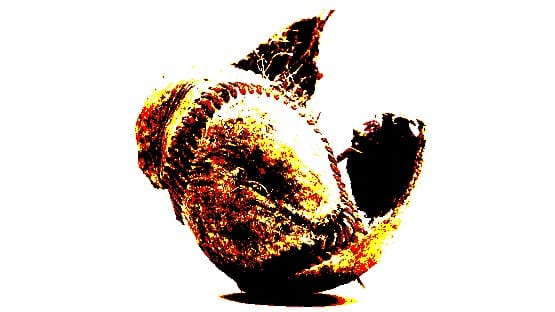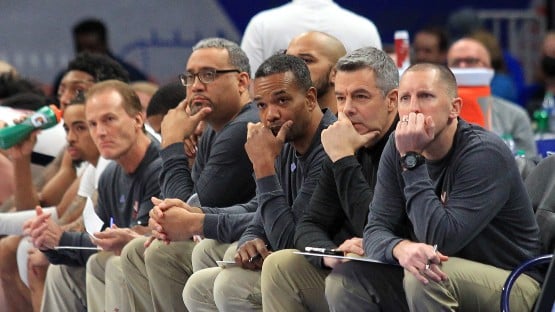
Nearly 50 years after one of the World Series’ most controversial plays occurred, the issue was at last definitively resolved. For the five decades between 1925 and 1974, fans debated whether Pittsburgh Pirates batter Earl Smith was out when Washington Senators outfielder Sam Rice tumbled into the left field stands to hold on to a long fly ball. Or was Smith, as some cranks in the bleachers insisted, safe when the ball fell out of Sam’s glove? The dispute was the stuff that kept hot stove leaguers buzzing for many a cold winter month.
The National League Pirates were the reigning world champions, and the Senators, the American League challengers. Both squads had several players destined for the Cooperstown Hall of Fame. From the Senators, Rice, Walter Johnson, “Goose” Goslin and boy manager, 27-year-old Bucky Harris; from the Pirates, Pie Traynor, Kiki Cuyler and Max Carey. The teams split their first two games and braced themselves for a pivotal third game that would be played in terrible weather. Griffith Stadium, the Senators’ home park, was, wrote one reporter, “swept by hurricane blasts that chilled to the marrow.” In the bottom of the eighth, with the Senators clinging to a 4-3 lead, Pirates catcher Smith sent a line drive into right field. Fleet-footed Rice snared the bulb, and his momentum carried him into the stands.
As Rice re-created his dramatic catch, he jumped as high as he could, backhanded Smith’s drive, but toppled into the first row. Umpire Cy Rigler raced out from his position at second base, some 250’ away, to signal Smith, rounding third, out. But Pirates fans, first-hand witnesses to the catch, protested that the ball had fallen from Rice’s glove. Rice, the fans griped, replaced the ball in his glove before Rigler arrived on the scene. Some fans were prepared to sign sworn affidavits to back up their claims. Pirates manager Bill McKenzie and team owner Barney Dreyfuss stormed over to the box seats where Commissioner Kenesaw Mountain Landis and President Calvin Coolidge were watching the unfolding action. McKenzie demanded that Landis overturn Rigler’s call. The commissioner, deferring, said that his baseball powers didn’t include reversing umpire’s judgment calls.
The Senators won the game, but lost the series 4-3. For the rest of his years and wherever he went, Rice was asked if he truly caught the ball or if the questioning fans had really seen sleight-of-hand. Rice had a pat response: “The umpire called Smith out.” Finally, tired of being pestered, Rice announced that he would write a letter to Hall of Fame officials describing the events that could be opened upon his death.
After Rice died in 1974 at age 84 from cancer, HOF brass began a two-week search digging through their files – no letter. Finally, Rice’s missive was found in HOF historian Lee Allen’s file. Allen died before Rice, so he couldn’t point administrators to the tell-all’s location. Finally, the moment of truth had arrived. In Rice’s testimonial, written July 26, 1965, he related that Smith’s line drive landed in his glove’s pocket, that he had “a death grip on it,” and “at no time” did he “lose possession of the ball.”
Time has diminished Rice’s skills and contributions. During his 20-year career, most of which he spent in Washington, Rice achieved a .322 lifetime batting average and fell just 13 shy of 3,000 total base hits. He missed .300 only five times, never by more than seven points, and reached 200 or more hits in a season six times, including 207 in 1930, when, at age 40, he hit .349, a single point shy of his career best.
Rice rarely struck out, averaging only once every 33 at bats, and still shares the all-time American League lead with Joe Jackson for most consecutive multi-hit games, 11, set during the 1925 season, and his peers considered him to be the league’s most effective baserunner, on par with Ty Cobb.
The Hall of Fame inducted Rice in 1963, a class that included Dizzy Dean, Bill Dickey and Jimmie Foxx.
Joe Guzzardi is a Society for American Baseball Research and Internet Baseball Writers Association Member. Contact him at [email protected].










